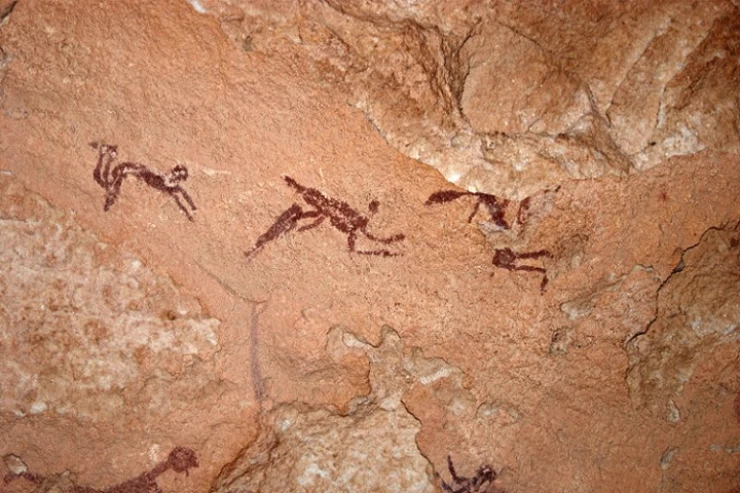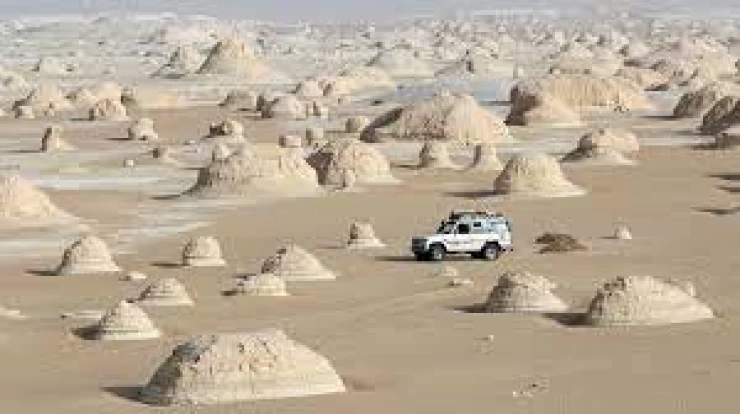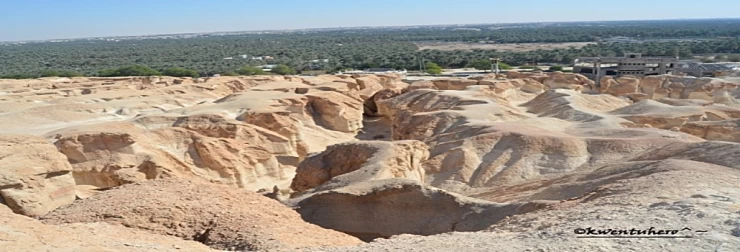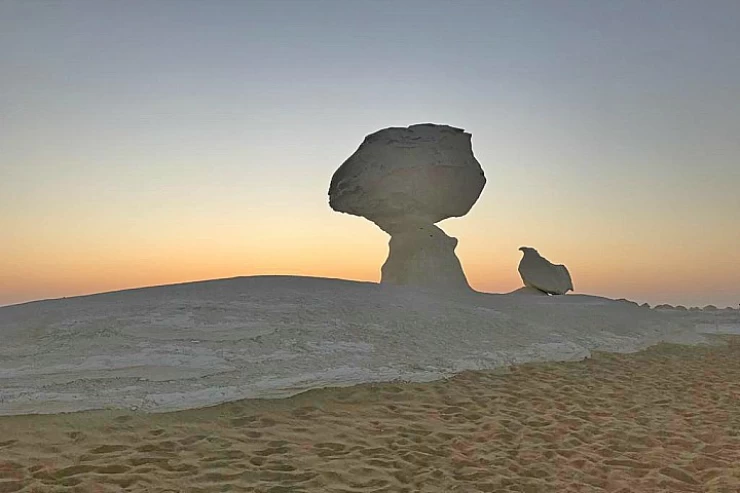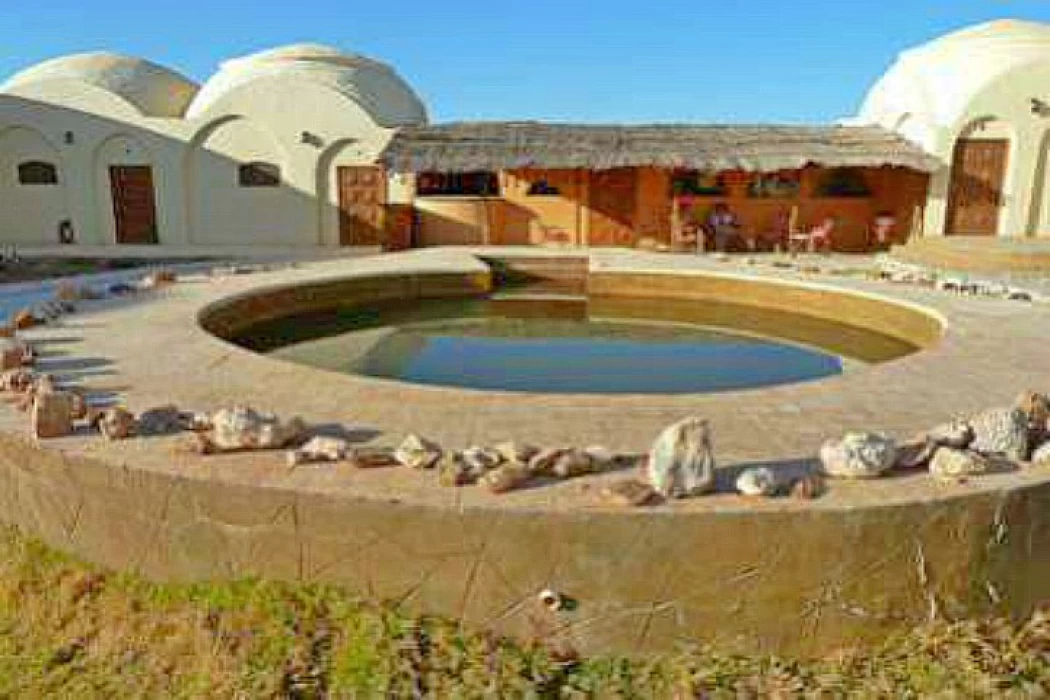
Bawiti Village in Bahariya Oasis
Bahariya Oasis is one of the oases of the Western Desert in Egypt, and is located 365 kilometres southwest of Giza. It is connected to Giza and Greater Cairo by the Cairo-Wahat Desert Road. It is located on a depression with an area of more than 2000 square kilometres. It has about 400 warm and cold mineral and sulphurous water springs. Its centre is the city of El Bawiti.
The Bahariya oases were part of the province of Oxyrhynchus (El Bahnsa).
The Roman army, made up of Egyptians and Romans, often moved in the valley between Oxyrhynchus and the Bahariya Oasis, occupying the northern part of the oasis east of El Bawiti. During the Christian period when Egypt came under Roman rule, the Bahariya Oasis was known as the Bahnsa Oasis. It was not a safe period for the oases. The Roman commander Hadrian supervised the military forces in the oases around 213 AD.
At an elevation of around 250 meters above sea level, the Bahariya Oasis is situated about 370 kilometers to the west of Cairo. Similar to other oasis in the Western Desert, this one also gains from the existence of subterranean water tables, which allow agricultural land to be developed in otherwise parched areas.
History and culture
Bawiti, like the rest of the Bahariya Oasis, has a history dating back several millennia. It is known for its archaeological remains and its role in ancient Egyptian history. During Greco-Roman times, the oasis was an important centre for trade and agriculture, and Bawiti has continued to play a key role in cultural and commercial exchanges throughout the ages.
Today, the village is a vibrant cultural centre with well-preserved local traditions. The inhabitants of Bawiti are mainly Bedouin and desert Egyptians, and they continue to follow traditional lifestyles while incorporating modern elements.
Archaeological sites and attractions
Bawiti is surrounded by a number of archaeological sites and attractions that attract visitors interested in the history and culture of ancient Egypt. Notable sites include
- The Temple of Amun
- The Tombs of the Nobles
- The Ruins of the Roman City
- The Black Mountains and the White Mountains







